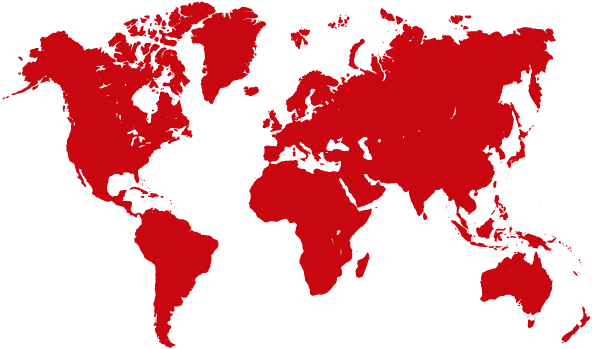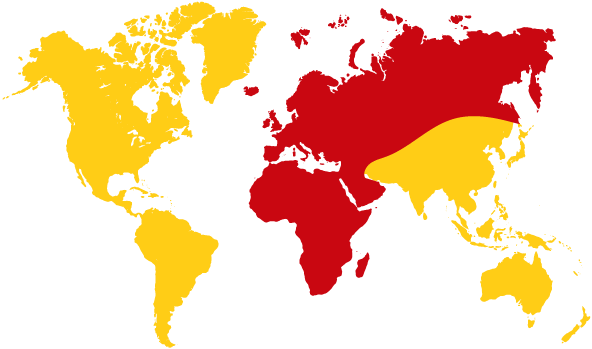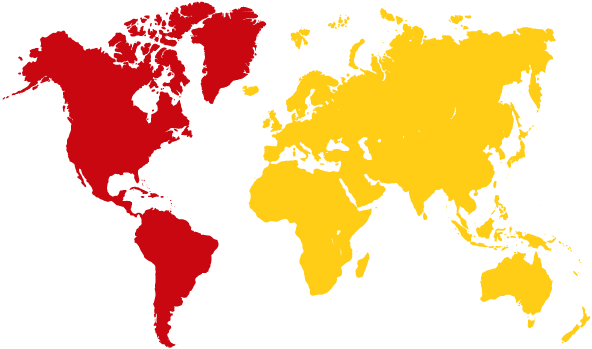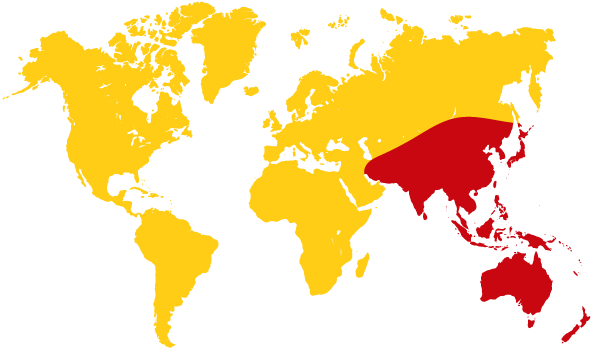Disaster recovery helped by amateur radio
The radio amateur community was prepared when a super typhoon unleashed its fury on the Philippines, uprooting trees, snapping power lines, sparking landslides, cancelling flights and ferries sending 40,000 people to shelters. Claiming more than 200 human lives, it was the strongest of 16 typhoons in the country this year, as Pablo (internationally named Bopha) had heavy rain and wind gusts up to 210km/h. The Philippine Amateur Radio Association (PARA) had emergency communications on 40 metres 7095 MHz and VHF as the typhoon made landfall on Tuesday at North Davao in Mindanao.
It left a large footprint of damage before exiting the country. PARA is disappointed that its emergency use of 7095 MHz was not honoured by other radio amateurs, who disturbed its operation by testing equipment on air, tuning up, sending digital signals and sometimes even trying to make contact as if it was a DX activity. A standard text will clearly identify emergency nets in future, as a worldwide reminder is issued not to QRM emergencies or training exercises. With the typhoon now leaving the area of country’s area of responsibility, the PARA HERO activity is now closed.\’
National Traffic System Co-chairman, Roberto C. Vicencio DU1VHY said he thanked everyone who participated in the endeavour, and they did very well, exceeding all expectations.
— Jim Linton VK3PC, Chairman IARU Region 3 Disaster Communications Committee.
Disaster recovery helped by amateur radio
Print This Post



